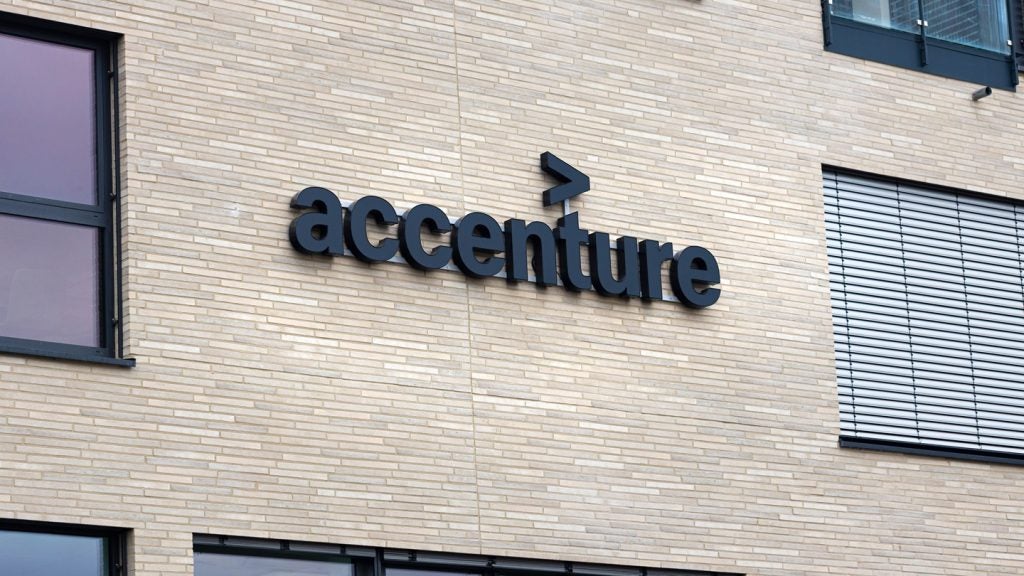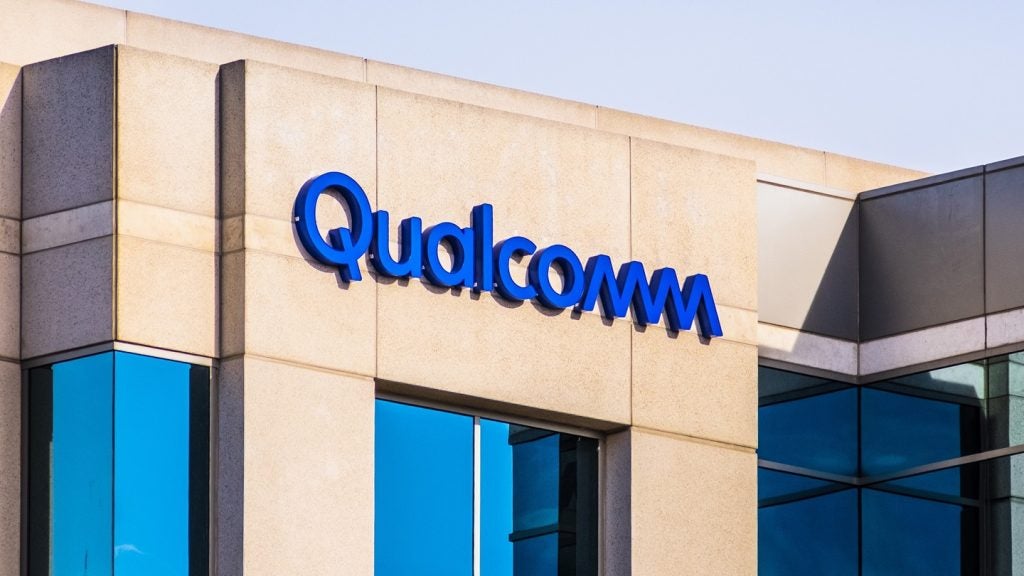With the demographic that represents the biggest healthcare consumer spiking at the same time hundreds of thousands of healthcare workers are leaving the sector, the industry sees AI as its saviour.
There are many compelling use cases for AI in healthcare, from automating administrative tasks and natural language processing of patient data to diagnostics support to surgical robotics.
The timing is key. The population of 60 to 90-year-olds, the largest consumers of healthcare services, is projected to spike by 45% over the course of the next 20 years. This comes as a post-pandemic flight of healthcare workers is happening. The National Council of State Boards of Nursing (NCSBN) projects that 900,000 nurses in the US will leave their positions by 2027.
Global unfilled nursing positions could run into millions
The Association of American Medical Colleges predicts that by 2033, there will be a deficit of between 54,000 and 133,000 physicians. Globally, there could be 15 million unfilled nursing positions. There is no way to scale training quickly enough to fill staffing gaps so healthcare providers are turning to AI as an answer.
A recent Accenture survey of 300 healthcare provider executives found that 83% are in pre-production GenAI pilots today. However, there is a disconnect that could hamper the success of these projects. Just half of the healthcare executives surveyed said there is a close alignment between their AI projects and overarching business objectives. The fear is that the limited correlation will between the pilots and operational aims will translate into lack of investment in enterprise-wide deployments.
Some 60% of the respondents anticipate a return on GenAI funding within 12 months. However, 95% think they will only see a moderate effect from their AI spend over the next five years because of underfunding of infrastructure to support the technology.

US Tariffs are shifting - will you react or anticipate?
Don’t let policy changes catch you off guard. Stay proactive with real-time data and expert analysis.
By GlobalDataShortsighted approach to AI
This short-sighted approach to AI planning and development will likely not only produce limited results but also drain time and resources for subpar outcomes. In some ways, the situation is analogous to the early days of cloud computing where siloed on-demand projects took place with a lack of cohesive enterprise-wide planning. There are certainly big differences in that cloud computing is a technology consumption model while AI is a cutting-edge technology with many unknowns.
Healthcare provider institutions, which are not highly regarded for their efficacy in information technology adoption, need to take a step back and look more holistically at what is overall goals are and then line up its AI development plans accordingly. They also need to identify expected staffing and other resource gaps in the near-term and finding ways to support current healthcare professionals better through technology to improve retention rates.
Profit before patients?
No less than 82% of the surveyed healthcare executives said the greatest byproduct of GenAI would be revenue gains, followed by productivity gains (77%). Only 20% said that GenAI would positively affect employee satisfaction, and just 6% said GenAI would help reduce errors.
For many healthcare organisations, it is time to go back to the drawing board to map out a more cohesive blueprint to get the optimal outcome from AI. This starts with business and technology operations working collaboratively to understand their respect resources, objectives, and limitations. Healthcare provider institutions need to prioritise patient care, and the best way to do this through AI is to give the tools staff need to work smarter not harder to deliver the best patient outcomes. Only then can the organisations realise the real benefits of the technology.









